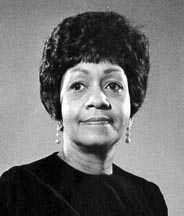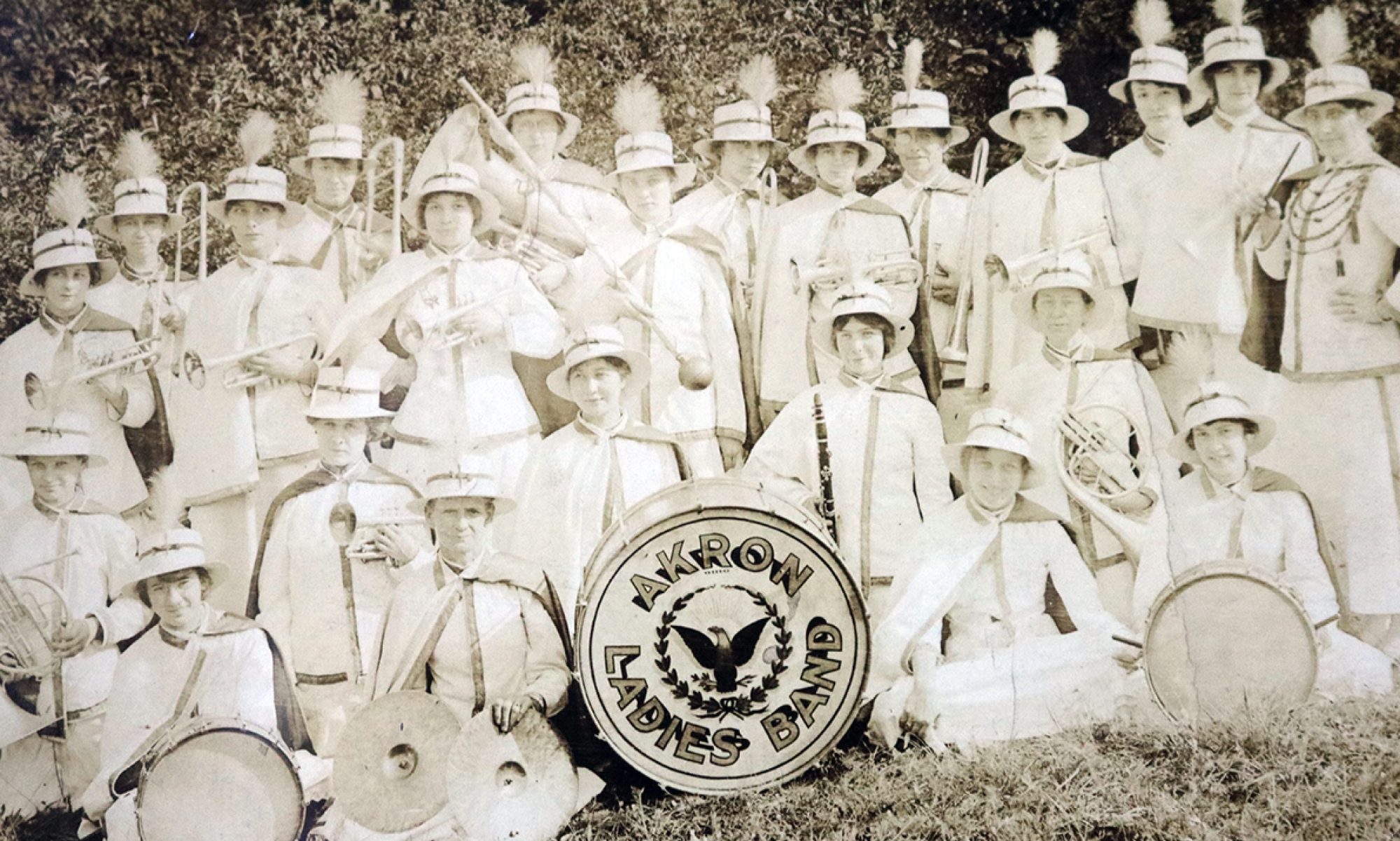
Eleanor L. Smith Bozeman was the first African-American female physician to practice in Akron.
In 1950 she and her husband, Wilfred B. Bozeman, started their practice in the city. She was the internist; he, the obstetrician-gynecologist. She also became known as a leading philanthropist, donating thousands of dollars to establish scholarships for minority women who wanted to study medicine.
Born in Wilmington, Del., in 1922, Smith grew up in Atlantic City at a time when few women or minorities practiced medicine. She graduated from Fisk University and then went on to Meharry Medical College, both historically black institutions near Nashville, Tenn. She completed her medical residency in St. Louis, Missouri.
Bozeman and Smith met while at medical school. They selected Akron as their home because “the city wasn’t too big and it wasn’t too small,” their daughter Karen Gross told the Beacon Journal.
Eleanor Bozeman practiced medicine in Akron from 1950 to 1974. The Bozemans did well in their medical practice. By 1963, they along with former classmate, Eldridge T. Sharpp, built Akron’s first Black-owned medical building, Wooster-Mallison Medical Center.
In 1974, Bozeman gave up private practice and became a staff physician at Kent State University, retiring in 1986. She worked part-time with the Plasma Alliance in Akron until 1991.
Bozeman remained active in the community. She was a life member of the Akron chapter of the National Association for the Advancement of Colored People and served on its executive board. She was also a member of Alpha Kappa Alpha sorority and the Christian Methodist Episcopal Church.
Bozeman died on April 10, 1996.
Over her life Bozeman donated more than $50,000 to three colleges so minority women could study science and medicine. In 1992, when she donated $20,000 to establish a scholarship at the Northeastern Ohio Universities College of Medicine for women and minorities, she explained, “There is a need for additional help for female minority students in medicine. Too many times these students have to drop out because they run out of money. I hope this will help meet that need.”
Photo courtesy of the Beacon Journal.
–Kathleen L. Endres
